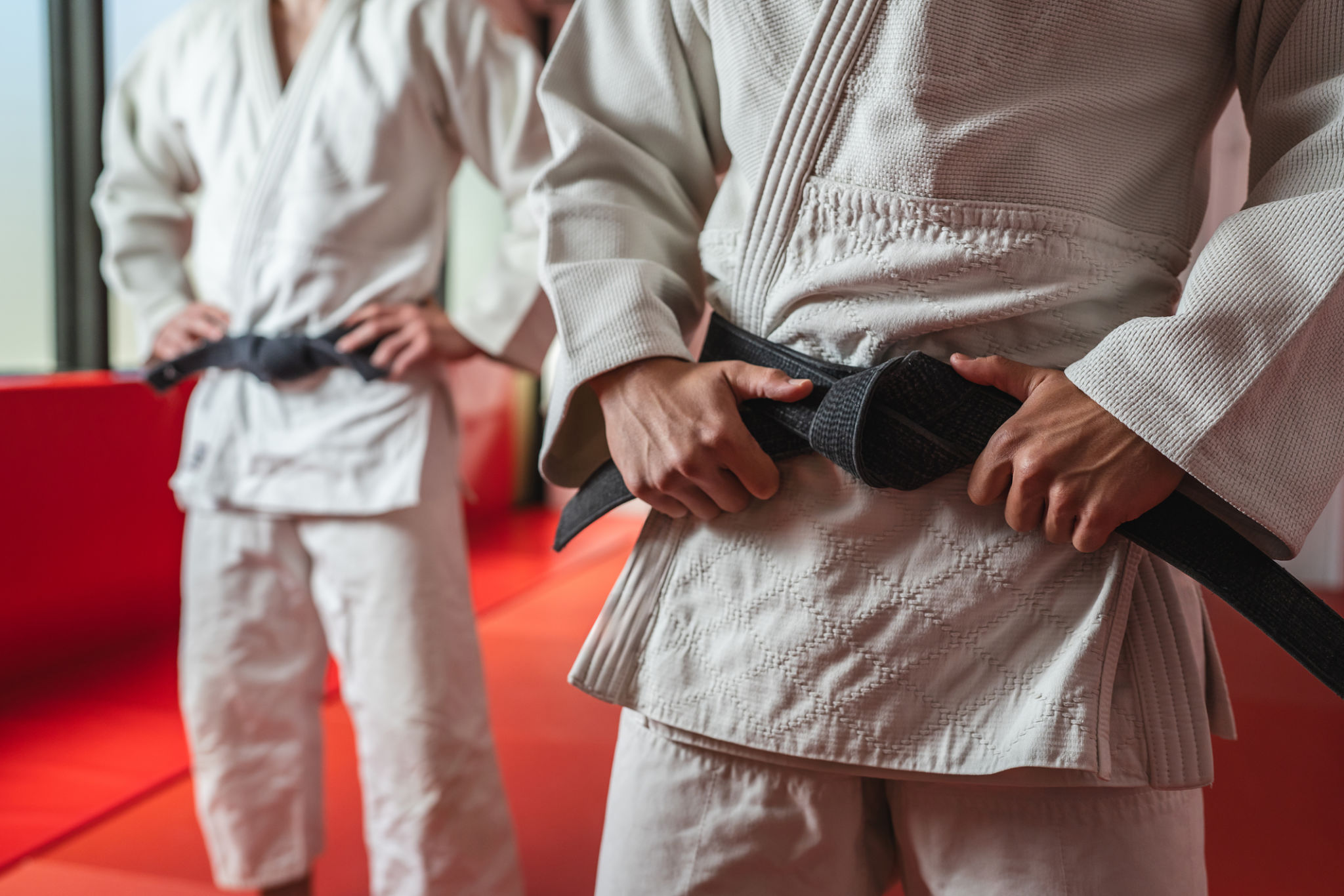Expert Insights: Taekwondo vs. Hapkido - Which Is Right for You?
Understanding Taekwondo
Originating from Korea, Taekwondo is a martial art renowned for its high-flying kicks and fast-paced techniques. It emphasizes speed, agility, and precision. Practitioners are often trained to focus on striking and kicking, making it a dynamic and visually impressive martial art.
Taekwondo is also an Olympic sport, which adds to its global appeal. The training is rigorous, focusing on discipline, respect, and physical fitness. It is suitable for those who enjoy competition and wish to enhance their athletic abilities.

Exploring Hapkido
Hapkido, another Korean martial art, offers a more holistic approach. It integrates joint locks, throws, and strikes, making it versatile for self-defense. Unlike Taekwondo, Hapkido emphasizes using an opponent’s energy against them, which can be beneficial for individuals of all sizes.
The philosophy behind Hapkido includes harmony and circular motion, allowing practitioners to effectively neutralize threats. This martial art is ideal for those interested in practical self-defense techniques and a deeper understanding of martial art principles.

Comparing Techniques and Styles
When comparing Taekwondo and Hapkido, the primary difference lies in their techniques. Taekwondo focuses on kicks and striking, which enhances cardiovascular fitness and flexibility. In contrast, Hapkido provides a comprehensive self-defense system that includes grappling and manipulation techniques.
Taekwondo’s straightforward approach is excellent for those who enjoy structured training and competitive environments. Meanwhile, Hapkido’s adaptive style suits individuals seeking practical self-defense skills and a deeper martial arts philosophy.
Training and Skill Development
Both arts require dedication and practice, but the training experiences differ. Taekwondo classes often involve sparring, poomsae (forms), and board breaking, making it a more physically demanding art. This is ideal for those looking to improve their physical conditioning and competitive edge.

Hapkido training, on the other hand, incorporates a wider range of techniques. Students learn to handle various attacks using throws, joint locks, and pressure points, offering a well-rounded self-defense education.
Which Is Right for You?
Choosing between Taekwondo and Hapkido depends on your personal goals. If you’re drawn to high-energy, competitive sports, and enjoy performing impressive kicks, Taekwondo might be the ideal choice. It’s a great way to build physical fitness and confidence in a competitive setting.
However, if your focus is on self-defense and you prefer a more comprehensive approach to martial arts, Hapkido might be more suitable. It provides effective techniques for real-world situations and emphasizes harmony and balance.

Conclusion
Ultimately, both Taekwondo and Hapkido offer unique benefits and can significantly enhance your physical and mental well-being. Whether you choose the dynamic, competitive nature of Taekwondo or the practical, holistic approach of Hapkido, both paths provide a rewarding martial arts journey.
Consider attending introductory classes for both martial arts to determine which aligns best with your interests and goals. Whichever you choose, remember that dedication and practice are key to mastering any martial art.
